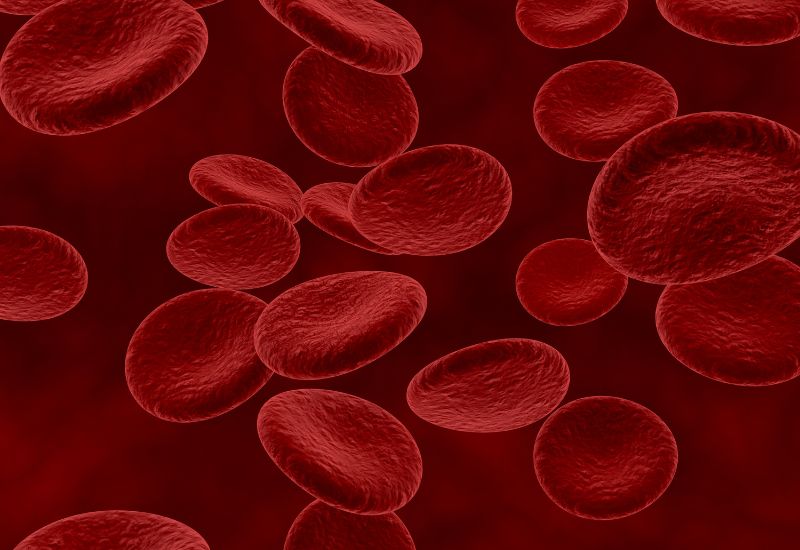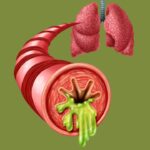Vitamin B6 plays a critical role as a catalyst that supports the smooth operation of various biochemical processes. It’s no coincidence that Vitamin B6 is regarded as an indispensable nutrient in a modern, balanced diet. In this article, we’ll explore the importance of Vitamin B6, its health benefits, signs of deficiency, and how to supplement it effectively to support your overall well-being.
1. What is Vitamin B6 and Why Is It Essential?
1.1. Understanding Vitamin B6
Vitamin B6, also known as pyridoxine, is a water-soluble vitamin belonging to the B-vitamin group. It is involved in more than 100 enzyme reactions, mostly related to protein metabolism. The human body cannot produce Vitamin B6 on its own, making it vital to obtain it through diet or supplements.

yridoxine is involved in over 100 biochemical reactions in the body.
1.2. Health Benefits of Vitamin B6
1.2.1. Brain Function and Mood Regulation
One of the key benefits of Vitamin B6 is its role in promoting brain health and emotional balance. Pyridoxine aids in the synthesis of neurotransmitters such as serotonin and dopamine, which are crucial for mood regulation. Research indicates that adequate pyridoxine intake may alleviate symptoms of depression and enhance cognitive function, particularly in older adults. In women, pyridoxine has been shown to reduce premenstrual symptoms such as irritability, fatigue, and mood swings.
1.2.2. Immune System Support
Pyridoxine contributes to the production of lymphocytes—key immune cells that help the body fend off infections. A deficiency in pyridoxine can weaken the immune response, increasing susceptibility to illnesses.
1.2.3. Cardiovascular Health
This vitamin helps lower homocysteine levels—an amino acid linked to a higher risk of cardiovascular disease. When combined with other B vitamins like B12 and folate, pyridoxine can reduce the risk of atherosclerosis and stroke. It also supports healthy blood circulation and helps regulate blood pressure.
1.2.4. Prevention of Anemia
Vitamin B6 is essential in the production of hemoglobin, which transports oxygen in the blood. A deficiency may lead to microcytic anemia, characterized by fatigue, pale skin, and shortness of breath due to impaired red blood cell function.

Pyridoxine deficiency may cause small, weak red blood cells, leading to fatigue, shortness of breath, and pale skin.
2. Signs and Symptoms of Vitamin B6 Deficiency
A lack of Vitamin B6 can manifest in several noticeable symptoms, including:
– Dermatitis and skin rash: Red, itchy, flaky skin around the nose, mouth, or face.
– Persistent fatigue: Low energy levels despite adequate rest.
– Numbness or tingling: Especially in the hands and feet.
– Mood changes: Anxiety, irritability, or depression.
– Cognitive difficulties: Poor memory, lack of concentration, or “brain fog.”
– Anemia: Dizziness, pale complexion, or difficulty breathing.
– Cracked lips and inflamed tongue: Dry, cracked lips or a swollen, sore tongue.
– Weakened immunity: Frequent illness or slow recovery.
These symptoms may appear individually or together. If you suspect a Vitamin B6 deficiency, consult a healthcare professional for appropriate testing and dietary advice.
3. How to Get Enough Vitamin B6
3.1. Food Sources Rich in Vitamin B6
Many everyday foods are excellent sources of pyridoxine, making it easy to meet your daily needs through a balanced diet:
– Poultry and Fish: Chicken breast, salmon, and tuna are rich in pyridoxine. A 100g serving of grilled chicken breast can provide 0.5–0.6mg of pyridoxine. Fatty fish like salmon also offer heart-healthy omega-3s.
– Vegetables and Fruits: Potatoes, bananas, and avocados are great plant-based options. One medium baked potato contains about 0.4mg of pyridoxine.
– Whole Grains and Nuts: Sunflower seeds, walnuts, and whole-grain cereals supply a good amount of pyridoxine. An ounce (28g) of sunflower seeds provides about 0.2mg of pyridoxine.
– Legumes: Lentils, chickpeas, and soybeans are high in pyridoxine and plant-based protein. One cup of cooked lentils provides around 0.2mg of pyridoxine.
To preserve the pyridoxine content in food, avoid overcooking or using high heat for prolonged periods, as this vitamin is sensitive to heat.

A medium baked potato contains about 0.4 mg of pyridoxine.
3.2. Supplements and Recommended Daily Intake
In some cases such as during pregnancy, aging, or dietary restrictions—supplementation may be necessary. The recommended daily allowance (RDA) for Vitamin B6 varies by age and gender:
– Men (ages 19–50): 1.3–1.7 mg/day
– Women (ages 19–50): 1.3–1.5 mg/day
– Pregnant women: 1.9 mg/day
Excessive intake (over 100 mg/day) from supplements may cause side effects such as nerve damage or numbness. Always consult a physician before starting any supplement regimen.
Vitamin B6 is a vital nutrient that supports multiple systems in your body from the nervous system and immune defense to heart and blood health. Ensuring an adequate intake through a nutrient-rich diet or well-monitored supplements is essential for maintaining optimal health, especially for expatriates living in Vietnam. If you have concerns about your pyridoxine levels, seek guidance from a healthcare provider or nutritionist to tailor your dietary choices effectively.








